The modern chicken industry produces nutritious, high quality products that becomes more affordable year after year. Outlined here are the important milestones that helped make the chicken industry the success it is today.
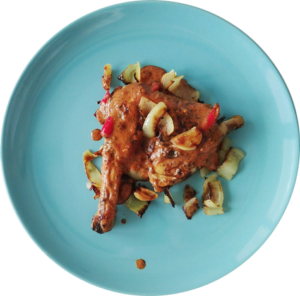

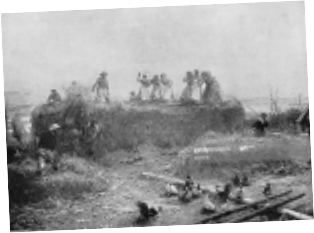
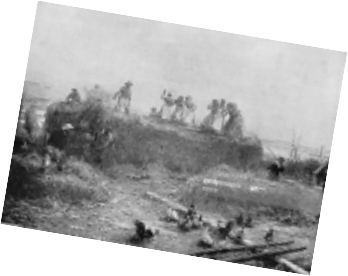
1880s
The Turn of the Century, the Birth of the Chicken Industry
Early poultry production consisted of many households with backyard flocks of dual-purpose chickens. These chickens supplied eggs and an occasional chicken for a Sunday or holiday dinner. By the turn of the century, entrepreneurial farmers began selling young chickens during the summer for meat as a sideline activity on their family farms. Year-round production was limited because Vitamin D has not yet been discovered and the importance of the sunlight’s impact on production is not fully understood.

1920s
The Broiler Chicken
Factors in the geographic expansion of the industry included:

favorable weather conditions

adequate land & water

access to supplies of corn & soybeans
1923
Mrs. Steele Pioneers a Path Forward
In 1923, Cecile Long Steele is credited with pioneering the poultry industry in Sussex County, DE. She ordered 50 chicks for egg production and received 500. She kept and raised the chicks, selling them for meat. Within two years, she was raising 10,000 meat-type chickens.
1950s
The National Broiler Council is Formed
Specially bred meat chickens (“broilers”) surpassed farm chickens as the number one source of chicken meat in the United States.
By mid-decade the industry is experiencing a slump and the National Broiler Council is organized to stimulate consumer demand, headquartered in Richmond, Virginia. From the outset, NBC represented all segments of the industry, and decision-making was shared by producers, hatcheries, feed companies, and processors.
Each member company was assessed dues based on its production. NBC moved quickly to launch national promotion programs like Western Ranch Dinner, “Chicken: The Food of the Future, and “Chicken is a Wise Buy.”
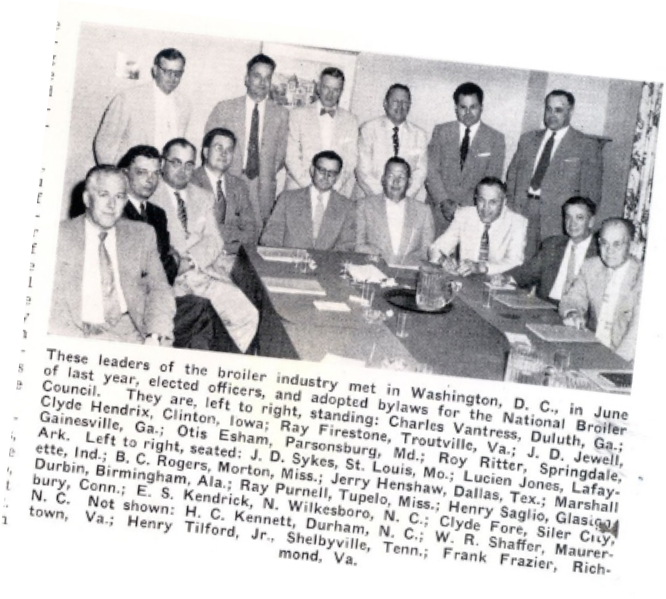
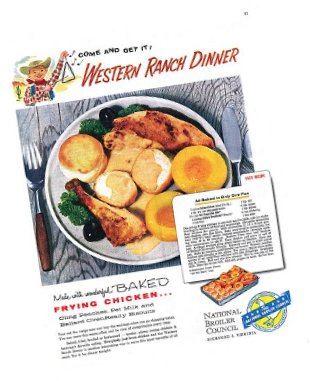
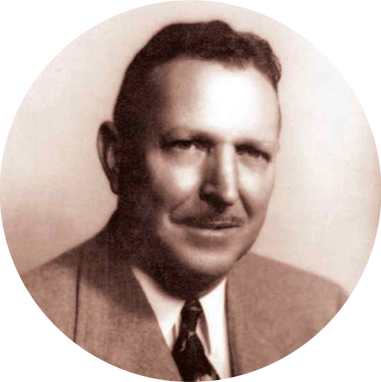
1954
Jesse Jewell and Frank Frazier Take Charge
Jesse Jewell of Gainesville, Georgia was named the first chairman of NBC. Frank Frazier of Richmond, Virginia, an experienced poultry association executive, was named the first administrative director and later president.
1960s
New Technologies Allow for Innovation and Expanded Markets
of broilers produced come from integrated operations.

Vertical integration allows the broiler industry to take advantage of new pharmaceutical, biological and production technologies to become more efficient, responsive, and profitable.
Major companies begin to use television and print media to market chickens under brand names.
of broilers sold at retail grocery stores carry a brand name.
1962
The National Broiler Council Heads to Washington D.C.
The National Broiler Council headquarters relocates to Washington, DC, to handle government relations and public affairs for the broiler industry. NBC soon finds itself in a battle when the Johnson Administration asked Congress to shift the cost of federal inspection to the private sector. This attempt was successfully beaten back.

1970s
Scientific Discovery Helps the Industry Evolve
By the mid-1970s, the industry had evolved into its modern state with the implementation of nutritional discoveries, disease eradication programs, genetic improvements through traditional breeding, and mechanization and automation technologies.
Consumers begin to prefer cut-up parts and further-processed chicken to the traditional whole bird.
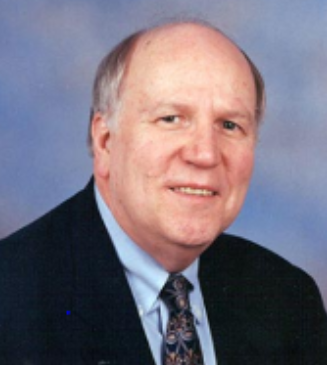
1973
George Watts Steps Up as President
George Watts, a Capitol Hill staffer, became president.
1980s
Chicken Takes the Lead
Chicken consumption surpasses pork consumption.


1989
September becomes National Chicken Month
The industry establishes September as National Chicken Month to help extend grilling season and greater chicken consumption into the fall.
1990s
New Safety Guidelines are Established
Chicken consumption surpasses beef consumption in the United States.
Chicken consumption surpasses beef consumption in the United States. In 1998, USDA began requiring the HAACP (Hazard Analysis and Critical Control Points) process control system program in all large poultry slaughter establishments. This program is a modern approach to quality control that seeks to identify and control the points in processing at which chemical, physical and microbiological hazards can be controlled, reduced, or eliminated.
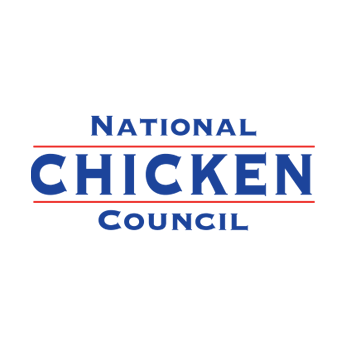
1999
National Broiler Council Rebrands as National Chicken Council
As the term “broiler” fell into general disuse, the National Broiler Council changes its name to the “National Chicken Council.” As brand names dominate the market, commodity advertising by the Council is replaced by advertising sponsored by the companies.
2000s and Onward
National Chicken Council Looks to the Future
Chicken exported to Russia and other foreign markets account for approximately 20 percent of total American production, worth more than $2 billion.
George Watts retired. Mike Brown named president of the National Chicken Council.
2011
Mike Brown Hired as President
Mike Brown, formerly the senior vice president of legislative affairs at the American Meat Institute, became president.

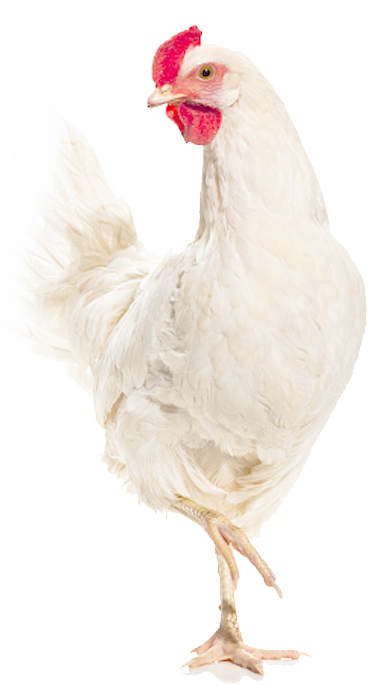
TODAY
Today, the National Chicken Council represents companies that account for approximately 95 percent of broiler chicken production in the United States.
At meetings and events at all levels, NCC continues to provide a forum in which industry members can share ideas and work towards solutions to common problems. NCC continues to earn its reputation as the unified voice of the chicken industry.




